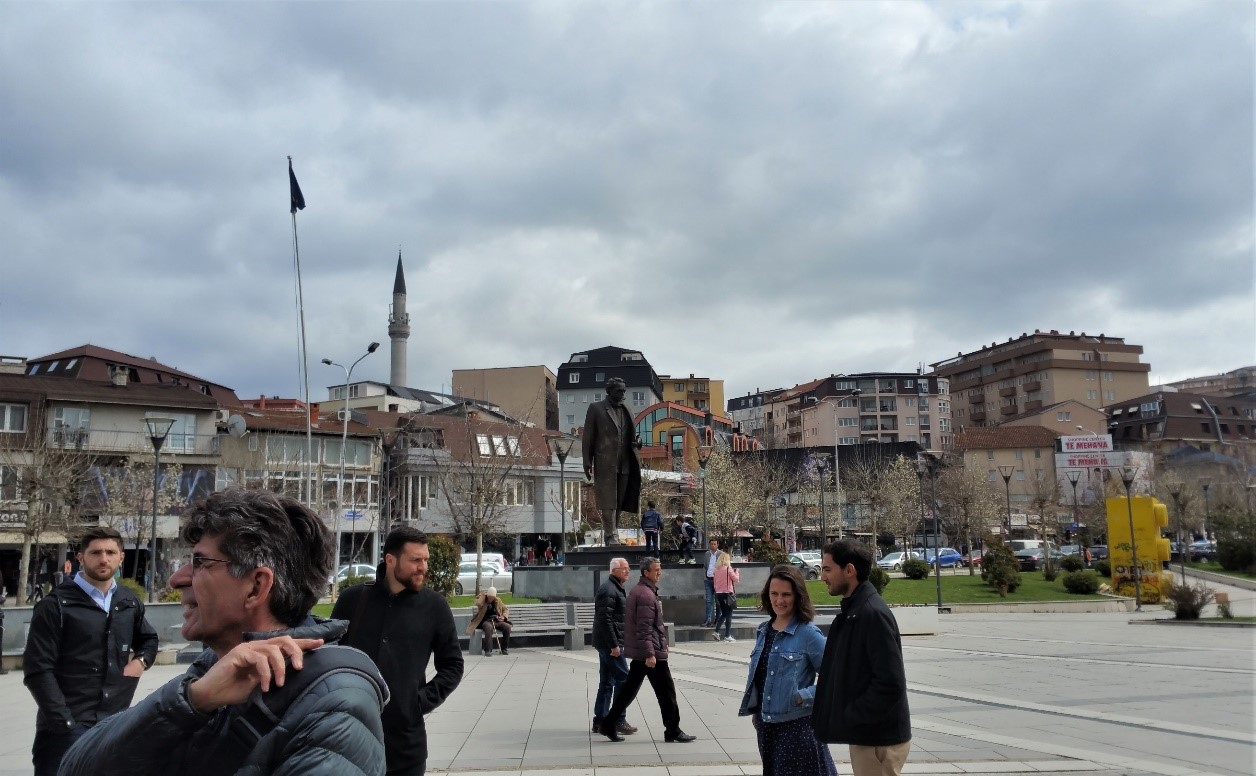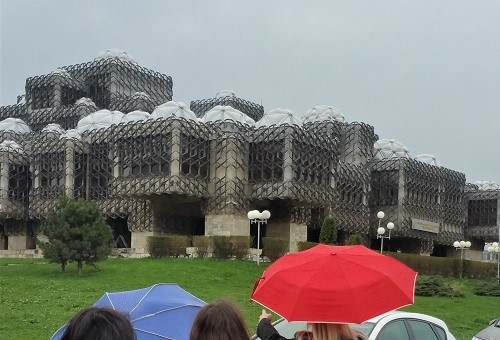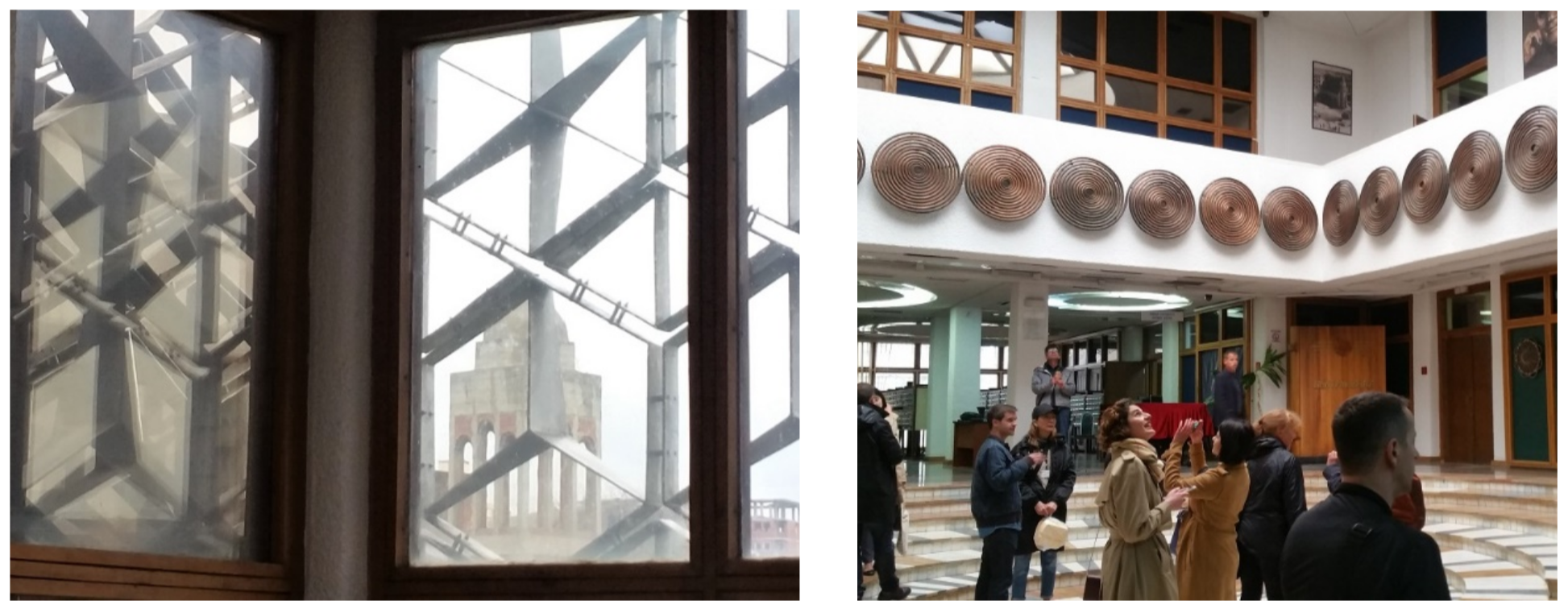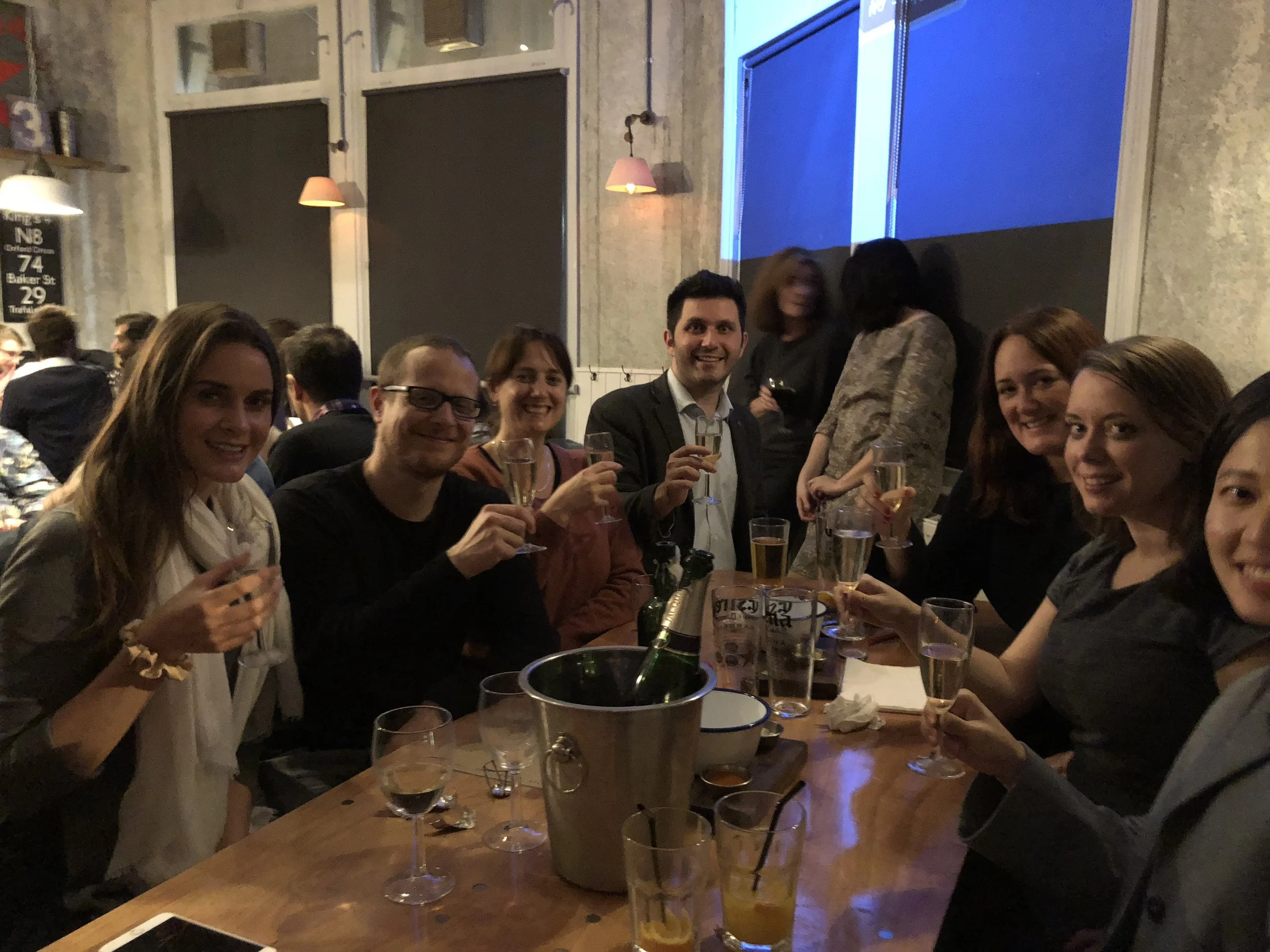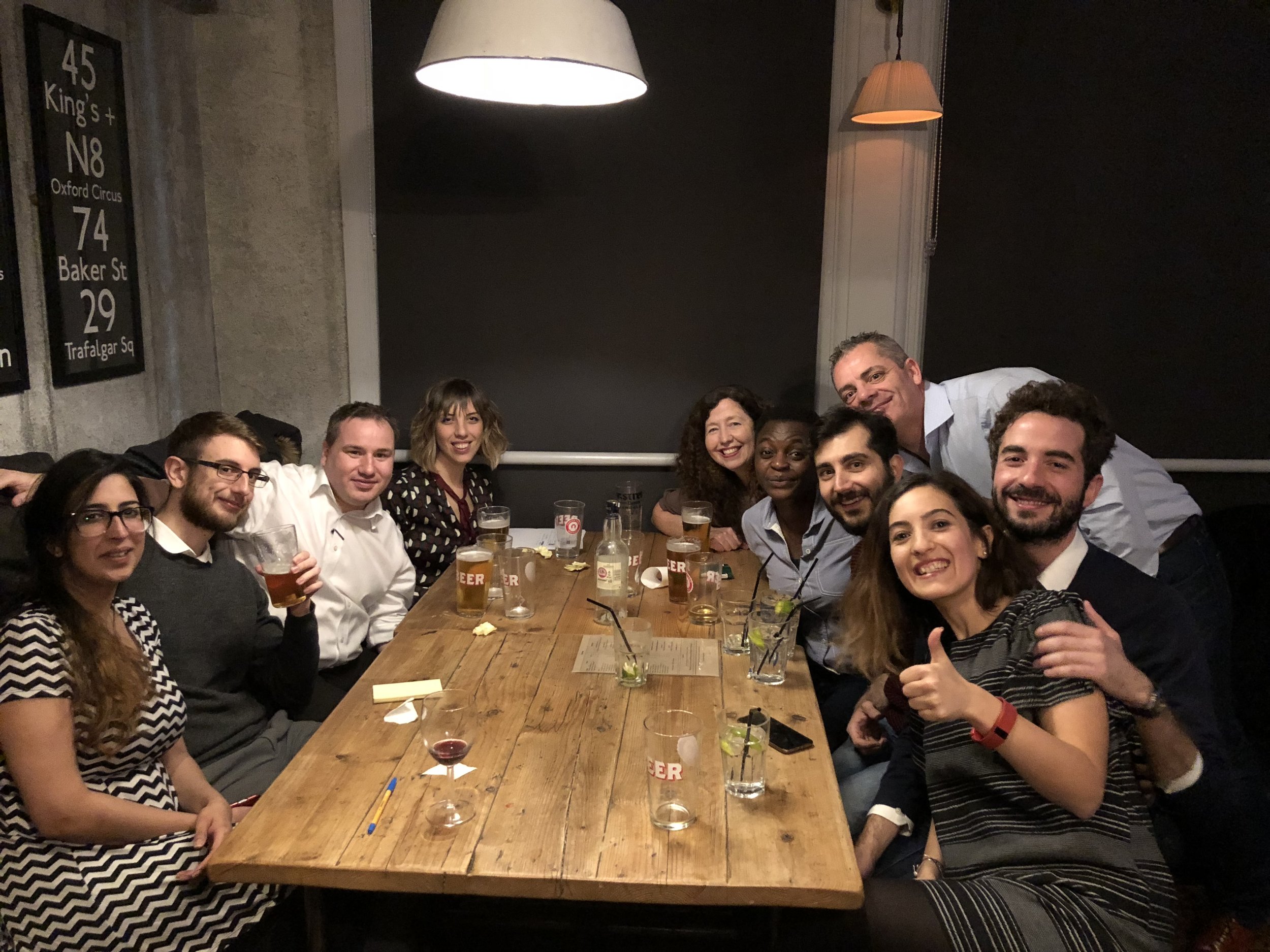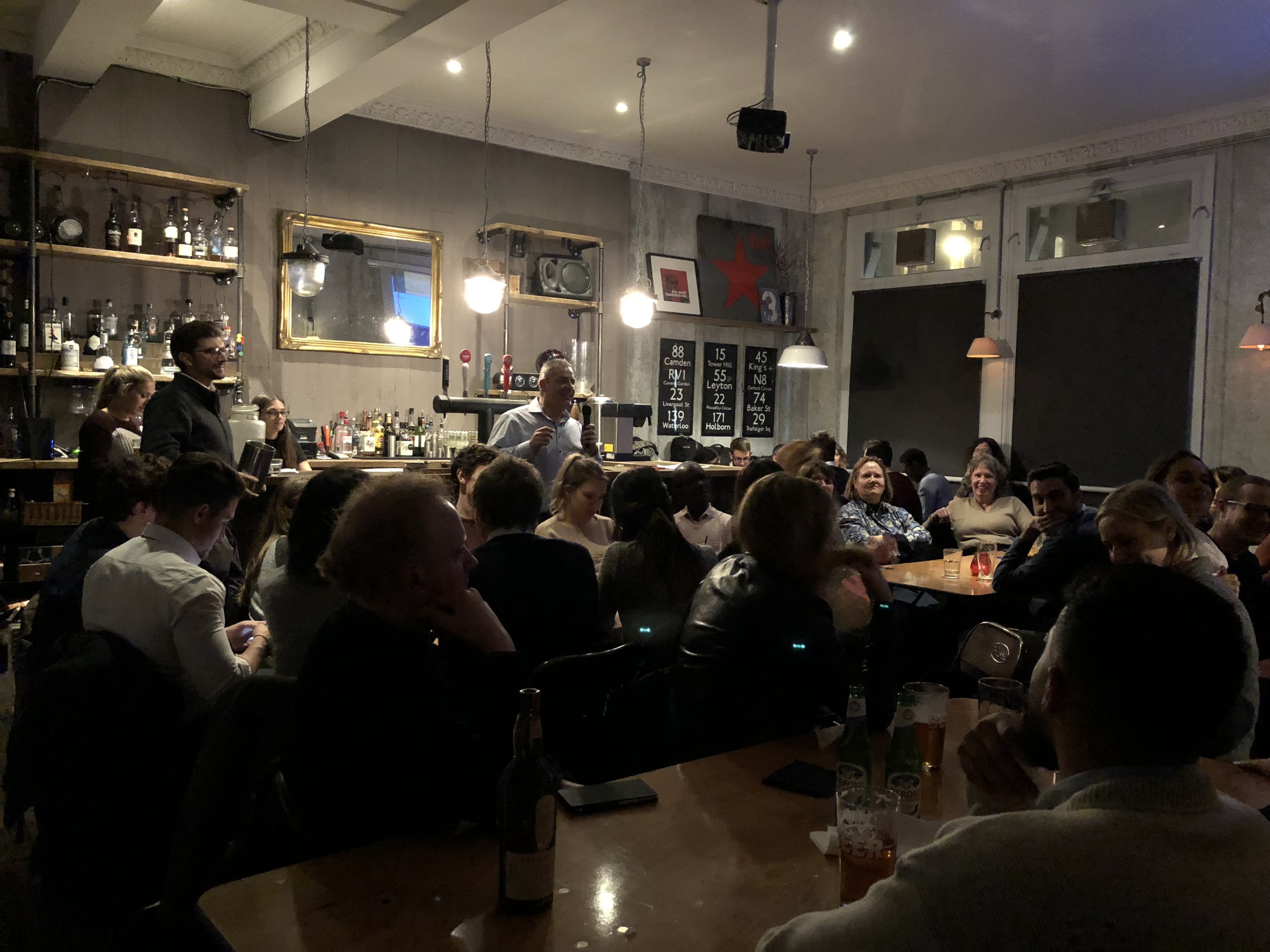AIA Continental Europe Conference on Architecture and Urbanism Pristina, Kosovo / April 5-8, 2018
Lorraine D King, AIA
Photo Credit: Arild Vågen/Wikimedia Commons/File
Pristina? Prishtina? You must play with the spelling a bit to generate a full list of flights to the city, only to find that - although the list is long - there is no easy route. Well, yes, there is a 6:00am direct flight from Luton that does not exactly appeal, and then it does not go or return every day either. There are direct flights from Frankfurt and Vienna and a few other places as well, but these all involve long waits for connecting flights.
So - anyone wanting to attend AIA Continental Chapter’s Spring Conference in Prishtina (as the locals write it), Kosovo had to make a special effort to visit what is billed as Europe’s youngest country. Politically, it declared independence from Serbia in 2004; demographically, it boasts a population that is “50% under 25 and 70% under 35”.
Although Prishtina has a long history of Roman, Byzantine, Ottoman and Yugoslavian domination, its most recent incarnation as the capital of Kosovo starts in 1999 after the intensive war with Serbia. The war eventually brought support from NATO and the European Union, although there are still several countries that do not recognise Kosovo as a sovereign nation.
While Prishtina does not have the immediate charm of Continental Europe’s other more recent conference cities – Barcelona, Girne, Menton, Prague – it faces challenges that any architect or city planner would find interesting, if not daunting.
Photo Credit: Lorraine D King AIA – The Mother Teresa Way at the Heart of Prishtina
The first impression of Prishtina was one of polite chaos. Or, as the current Continental Europe Chapter President, Carsten Hanssen, Int’l Assoc AIA, put it – “It’s like a gigantic tornado cleared a path down the main pedestrian way and just scattered all the buildings.”
But then, the other side of that first impression was an eventual awareness that the city’s raw exuberance, freedom and freshness was fully in keeping with its youthful population. All the conference participants agreed that the city was highly likable – a vindication for those that made that extra travel effort to attend.
The mayor of Prishtina, Shpend Ahmeti, spoke of the abrupt change from the totalitarian planning controls of the pre-1999 communist regime to the neo-liberal free-for-all afterwards. One result of this was a turning away from public spaces towards private enterprise and family spaces. This – and a sudden population influx - had a negative impact on the city planning, leaving as he admitted “ugly buildings without context”.
One startling fact was that in the past 19 years there have been only 1,000 official planning permits issued while at the same time there have been 46,000 illegal building efforts. The “left-over 1970s city” is now seeking a new identity and a European future – one hopes with better international transport links.
Events of the Conference included (inter alia):
- A presentation by Perparim Rama, from the London based architectural firm 4M Group - highlighting his work in Kosovo.
- A presentation and visit to the 1986 National Library, designed by Croatian architect Andrija Mutnjaković – exploring Kosovo’s love it or hate it iconic centrepiece inside out and topside down.
The National Library Impressive - Even on a Rainy Day
From the Inside Out, Photo Credits: Lorraine D King AIA
- A presentation on preserving cultural heritage – saving the country’s vernacular Kullas, 90% of which were targeted and destroyed in the war with Serbia.
- A presentation and visit to the Model Green School, by URBAN PLUS, Ilir Gjinolli - explaining not only the design features, but how the local children took part in the design process, eventually showing their appreciation of the results by liberally covering it in outbursts of colour and form.
Photo Credit: Lorraine D King AIA - Local Children Express Their Exuberance
- A walking tour of the city led by Bekim Ramku - pulling the pieces into historic perspective.
- A visit to the now semi-derelict Youth and Sports Centre - built during Yugoslavian times by donations from Prishtina’s citizens.
Photo Credit: Lorraine D King AIA – Youth and Sports Centre, Neglected Icon from the Past
- A presentation by the mayor of the neighbouring Albanian capital Tirana, Erion Veliaj - continuing the discussion on the effectiveness of planning controls and explaining how he is transforming the city by focused intervention.
And there was much more, including a successful Student Design Charrette, involving students from local architectural schools. See here full conference details. The Conference organising committee was chaired by Bard Rama, Int’l Assoc AIA. Full attendance earned an estimated 17.5 Continuing Education Units.
The next Continental Europe Conference – Culture Along the Danube - will be in Budapest, Hungary from 27 to 30 Sep 2018. The Continental Europe Chapter extends rights to AIA UK Chapter members so that they can attend the conference at the same costs as its own membership.
Written by: Lorraine D King, AIA


